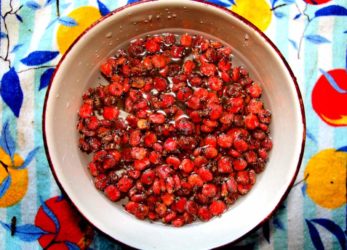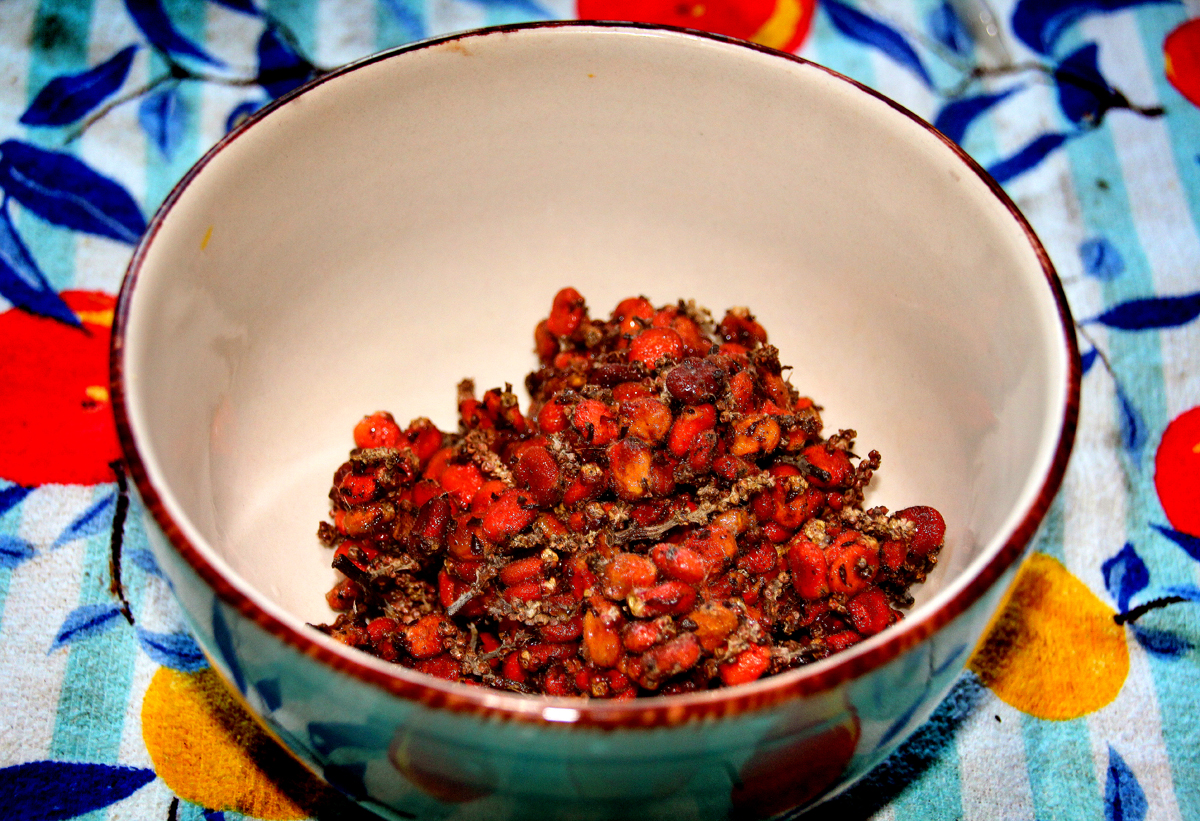
Lemonade Berry
**This post is part of our Wild & Edible series, where we showcase various wild and edible plants in San Diego and their uses.**
We feel it is important to have this knowledge in case you are ever stuck in a sticky situation, such as being lost on a hike and need to forage in order to survive. It also helps re-connect us to the land, which thanks to technology, most of us are being pulled further and further away.
Native plants may grow on your own property, or a friend’s property, in which case it is completely legal to harvest from. Plant nurseries often have a native plant section as well, in which case you can purchase your own plants! Otherwise, wild harvesting is considered illegal in most places in San Diego. Learn your plants and grow your wisdom! Wisdom is power, afterall.**
About Lemonade Berries:
I am deeply interested in learning about every native plant in our city and it’s medicinal and/or edibles uses. The next plant I studied was the Lemonade Berry (Rhus integrifolia). Believe it or not, this plant is related to the horrendous rash-inducing poison oak family! Unlike poison oak though, the lemonade berry plant does not contain urushiol, which gives us the itchy rash. Typically grown in dry canyons, this lowland species is rarely found above about 2500 ft. as freezing temperatures will kill the plant.
When to pick: When berries are red. Keep in mind that the berries are very sticky (probably best to use gloves) and attract a lot of debris. We harvested ours in late August, but it seems like this may be earlier than it usually fruits. We’ve been in such a crazy drought, not sure if that has anything to do with it.


Lemonade Berry is high in tannins which gives it it’s sour, strong flavor. Tannins are excellent antioxidants which lower bad cholesterol and improve good HDL cholesterol. They also lower blood pressure, reduce the risk of cancer and invigorate the immune system. Tannins even have anti-bacterial properties!
In the Middle East, the berries are dried and ground into a spice that’s used on salads, meats or kebabs for a spicy lemon flavor. I’ve read about turning the berries into jams and syrups as well. It’s pretty endless with what you could create!

Delfina Cuero, a Kumeyaay Indian, had to say this about the berry: “The berries were eaten fresh or soaked to flavor water; the seed (keha) was ground and used with fruit for tea. We also ground the seeds to drink when sick and feverish. The bark was also made into a tea to use after a baby was born.”
The flavored part of the Lemonade berry is the sticky coating. Do not wash the fruits or you’ll wash away the flavoring. Pick out any leaves or twigs and begin the soaking process! Soak the berries for at least 4 hours. I soaked mine overnight:

Next step is to strain the juice in a fine mesh strainer or cheesecloth. I strained it several times in a strainer to get all the particles out. This was after round 1 so you can see a decent amount of residue still inside: 
This is a very potent drink. I added more water and a ton of honey to sweeten it. You can follow a traditional lemonade recipe and add white sugar if you want. It was sour, but made me feel AMAZING! I am calling this the hangover-be-gone drink! Do not overdo it on this drink. 4 oz. should be good.


Sip and enjoy!






Naitea
Thank you for sharing this knowledge. Very grateful!
Anonymous
Nice article. We have quite few seemingly ancient lemonade berry trees on our property in Bonita. I will certainly try out your recipe!
Pingback: 35 Fruits that Start with L to Make You Say "Yum!"